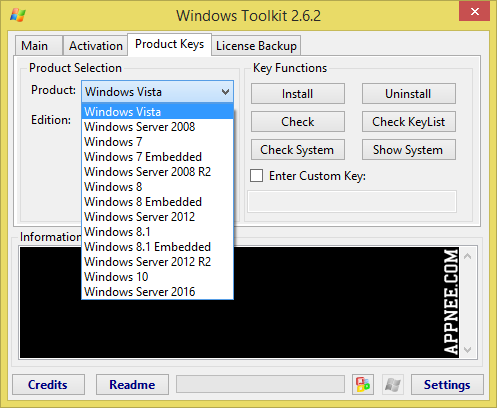

The disk you choose becomes a bootable USB. One more time, you can use one only if its volume exceeds 8GB.ģ. I have fine-tuned it such that only USBs are listed. All drives connected to the system are scanned after starting the script. Here’s briefly how my script for creating a Windows Server bootable USB works:ġ. Do you remember that I said at the beginning that I made universal scripts? I tried it for Windows Server 2016, it worked good.

The script for creating a bootable USB described here is good for older Windows Server versions too. You can download it and read about the OS itself at the official website: Initially, find a Windows Server 2019 installation image. It can be a PC, server, or VM.Ĭreating a bootable USB for Windows Server 2019 Installation image (*.iso) for copying Windows Server 2019 distributive files.So, obviously, you cannot create a bootable USB of lower capacity. Windows Server consumes at least 4 GB, but it is always good to have some extra space. Note that several PowerShell commands may be unavailable. Here are things needed to create a bootable USB: So, take a closer look at your hardware first! The toolkit used Devices with GPT partition type, in turn, require UEFI. For instance, a device with MBR partition type can be started only on a PC or server that supports BIOS. Before creating such device, you need to think whether OS can be installed on your hardware afterward. Picking a bootable disk partition type that is compatible with your hardware is not that straightforward too. But, it is always good to know an alternative, right? And, it is better NOT to rely on some weird 3 rd party software… Of course, you can use Rufus to create a bootable USB. By the way, did you know that apart from USB, there are at least 3 other storage media that can be used as Windows installation disks? USB is more convenient for that purpose, IMHO, so let’s just stick to it. Especially, when it comes to selecting and creating a bootable device. OS installation may sometimes be a challenging task.

In fact, Thomas did a great job, but his scripts can be improved! With this being said, today, I present my universal scripts based on ones developed by Thomas and improved with my experience and comments to his post in mind.ĭISCLAIMER: You can try out the scripts form this article, but you are the only person responsible for the consequences! Look at your hardware first I came up with the idea of this short guide after reading the following article: Till then, why don’t we focus on something more important than just listing new Windows Server features? In today’s post, I share the scripts for creating and formatting bootable USB disks for Windows Server. Since Windows Server 2019 release, the Internet is booming with its reviews.


 0 kommentar(er)
0 kommentar(er)
